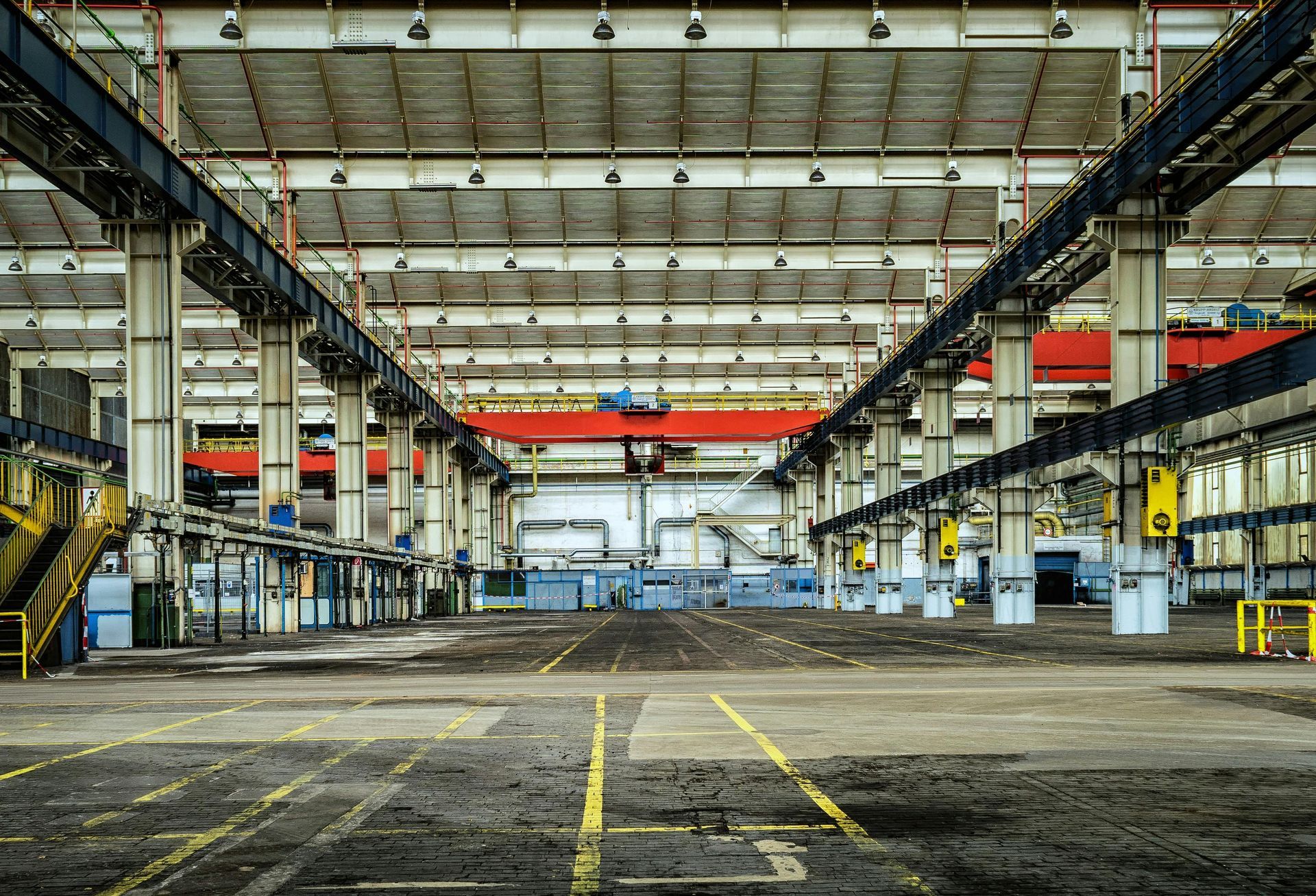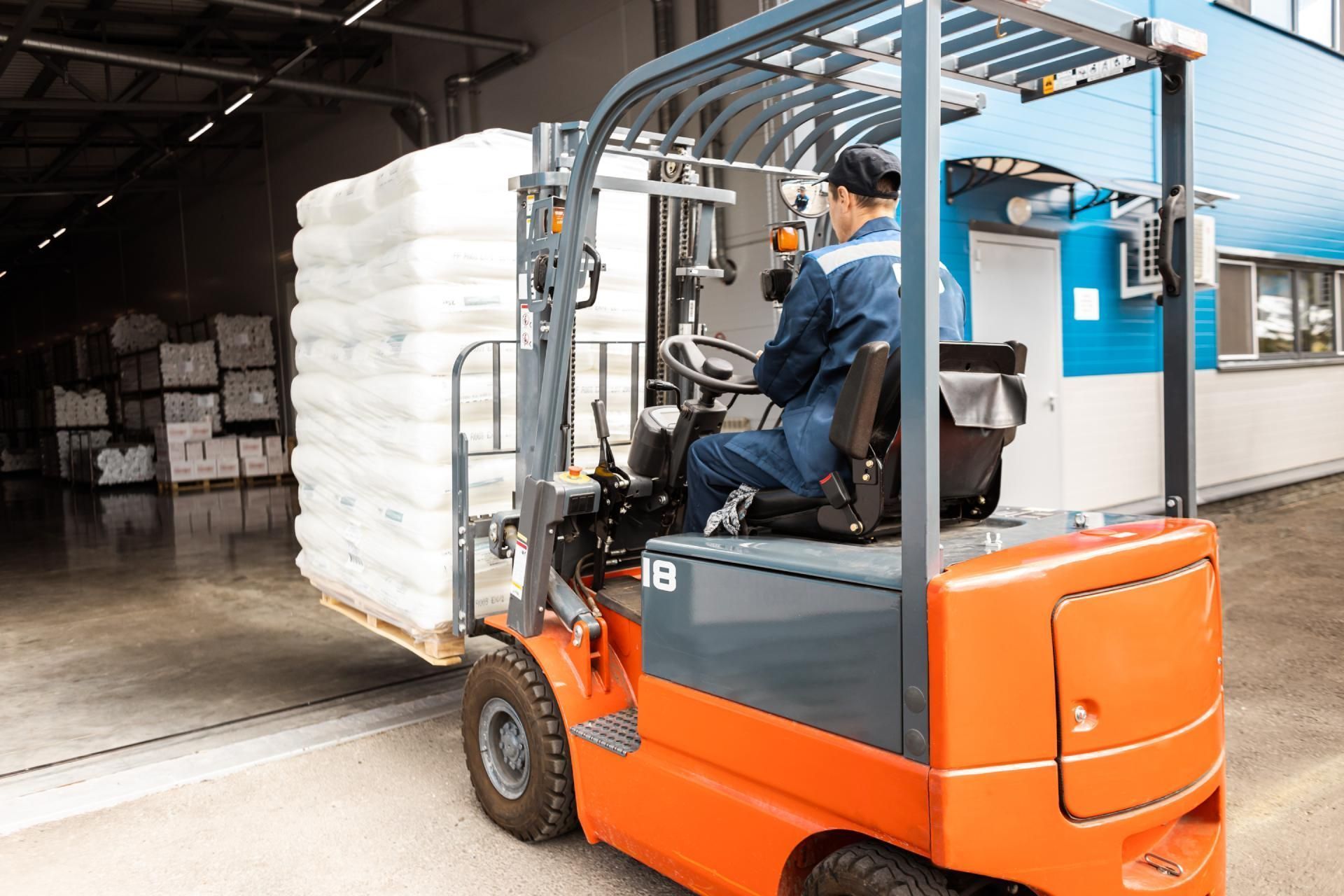How to Increase Safety in Industrial Facilities Through Proper Cleaning
Industrial Facilities Through Proper Cleaning
Industrial Facilities Through Proper Cleaning. The following is a guest post contributed by ServiceMaster Commercial Cleaning , a Virginia-based commercial cleaning franchise that specializes in industrial cleaning services.
A clean workplace is more than just providing a fresh, sanitary environment for workers. According to the U.S. Bureau of Labor Statistics, there were approximately 2.9 million nonfatal workplace injuries and illnesses reported by private industry employers in 2016. Many workplace injuries and illnesses can be prevented by maintaining a clean, safe work environment.
An organized and well-maintained workspace presents fewer fire hazards, more hygienic conditions, and better overall safety for workers. This can all be achieved by using proper cleaning procedures—read on to see which procedures are recommended for increasing safety in industrial facilities.
Reduce Risk of Slips and Falls by Keeping Floors Dry & Clean
Maintaining a clean, dry floor that is free of clutter is an essential step in reducing slips and falls in the workplace. Machinery that leaks oil or other fluids can create slippery surfaces, while piles of materials and unorganized storage can create limited visibility for the operators of fork lifts and other machines, increasing the risk for accidents.
According to the Department of Labor, slips, trips, and falls make up the majority of general industry accidents. They are some of the most frequently-reported injuries, making up around 25% of reported claims per year. Additionally, over 17% of all disabling occupational injuries result from falls.
By keeping floors clear of supplies and materials, workers are far less likely to trip and fall and you’ll have better visibility for machine operators, like forklift drivers. It’s also important to keep floors as dry as possible through regular cleaning and the use of absorbent materials, such as floor mats, in high-traffic areas to remove moisture and soil from the bottoms of shoes. A slippery floor, whether due to a spill or an unfinished cleaning job, is especially hazardous in a workspace.
When cleaning floors, it’s also important to use the right treatments for the type of floor you’re attempting to clean. Acidic cleaners can remove rust, scale, and oxides that may build up in industrial facilities. Some products, however, may contain chemicals that can be detrimental to the flooring, so you may want to consult a cleaning professional to discover which cleaners and procedures are best for your facility.
Floor cleaning can be performed through daily maintenance, which would include vacuuming, sweeping, dust mopping, and wet mopping. For larger areas, we sell and service a wide variety of industrial floor sweepers and scrubbers. Periodic maintenance should be performed as well, in order to remove layers of soil buildup that can exist even with proper daily maintenance. Periodic maintenance includes scrubbing and recoating floors as well as complete floor refinishing, like stripping and waxing.
Keep Industrial Equipment Clean
The equipment and machinery used in industrial workspaces should also be regularly cleaned to improve the health and safety of workers. Food processing equipment, in particular, is susceptible to E. coli, listeria, and Salmonella bacteria, and can often be difficult to clean properly—sometimes requiring a complete disassembly to reach all of the nooks and crannies.
Dry ice blasting is a non-abrasive cleaning method that is ideal for cleaning such machinery and equipment. The EPA suggests dry ice blasting over solvent-based cleaning methods, as the process can decontaminate surfaces of the bacteria listed above without the use of chemicals. Dry ice also cleans without leaving any residue, making it environmentally-friendly and ideal in food production, aerospace, and technology industries.
Because dry ice is the solid form of carbon dioxide, it should be handled using precaution. Dry ice blasting must be done in a well-ventilated area with exhaust vents at or near ground level, as carbon dioxide is heavier than air and will sink to the ground. This helps to eliminate the threat of asphyxia due to carbon dioxide replacing oxygen in the space.
Dry ice at normal pressure is -108 degrees Fahrenheit, so gloves and protective gear must be worn at all times while performing dry ice blasting. This procedure, while highly effective in cleaning industrial equipment, is best handled by professionals who are trained in the materials and process.
Reduce Risk of Dust Explosions with Explosion-Proof Vacuuming
Due to the risk of dust explosions in industrial facilities, OSHA recommends—and sometimes requires—explosion-proof vacuums be used in the process of removing dust from these spaces. Explosion-proof vacuum cleaners are specially designed to reduce the risk of a dangerous spark during operation, and remove dust rather than simply spreading it around and making it airborne, which would increase the risk of explosion.
The National Fire Protection Association publishes standards for the prevention of dust explosions in NFPA 654. Some of their recommended safety precautions include:
- Using specialized equipment certified for combustible dust removal, such as explosion-proof vacuums
- Using equipment that is less likely to produce explosive dust clouds, such as screw elevators vs. belt or bucket elevators
- Using techniques such as wetting or oxidant concentration reduction to keep down the amount of dust and/or oxygen in the air
These helpful tips will ensure that your industrial facility is as safe as proper cleaning can make it.
The post How to Increase Safety in Industrial Facilities Through Proper Cleaning appeared first on Benco Industrial Equipment.




